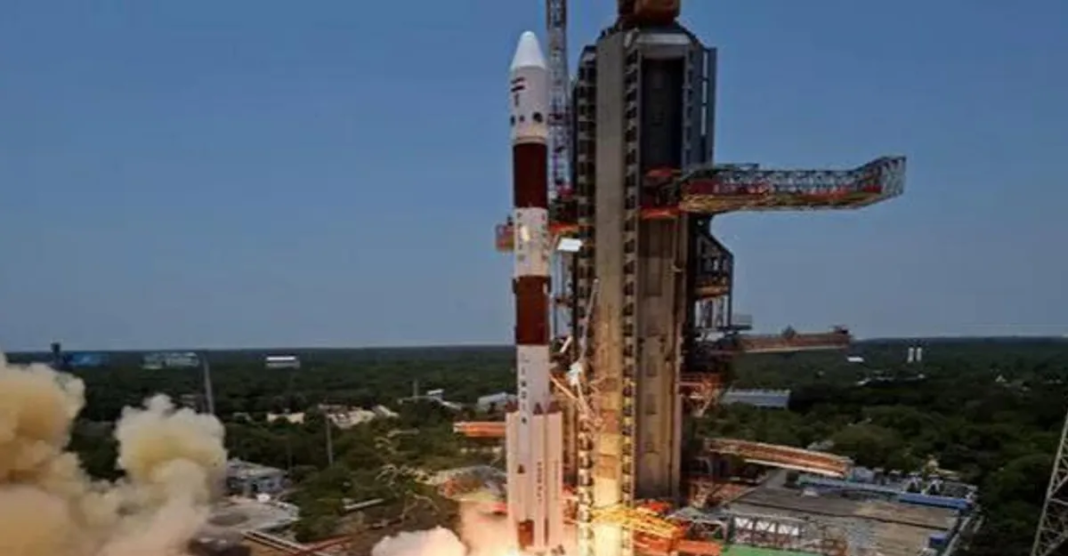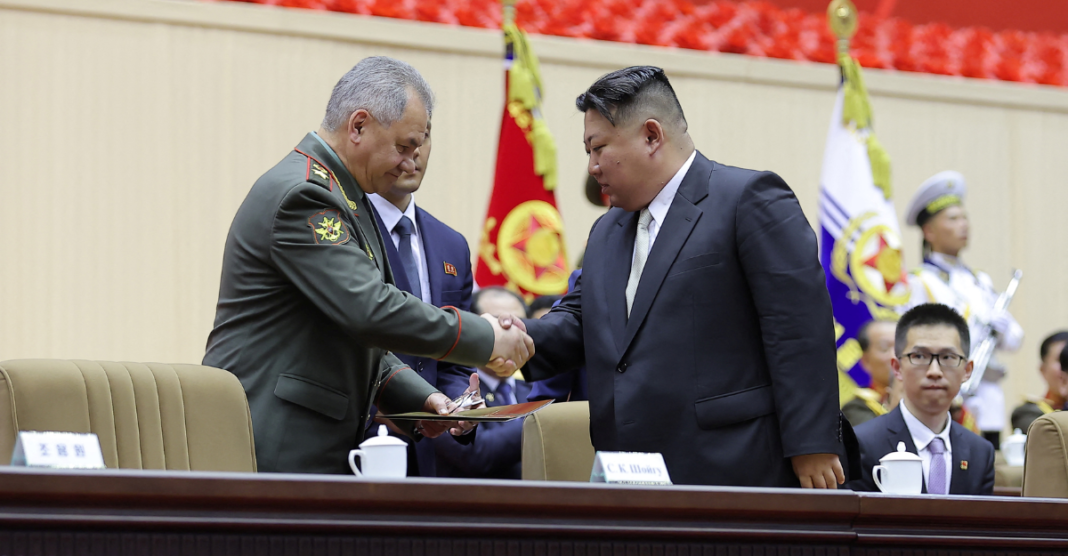Aditya-L1, which will carry seven payloads to track solar activity for five years, will be named after the rising Sun. In around 4 months, it will complete its voyage to the L1 point.
Aditya-L1, India’s first solar mission, was successfully launched by the Indian Space Research Organization (ISRO) at 11.50 a.m. on Saturday from the Satish Dhawan Space Centre in Sriharikota, Andhra Pradesh. The launch occurred just ten days after ISRO made history by landing a spacecraft softly on the South Pole of the Moon.
ISRO used Platform to provide an update on the PSLV-C57’s successful launch of Aditya-L1. Mission: PSLV-C57/Aditya-L1 Successful completion of PSLV-C57’s launch of Aditya-L1. The vehicle has precisely placed the satellite in the correct orbit.
Also read: Udhayanidhi Stalin Commented on Sanatan Dharma Sparks Controversy
The journey of India’s first solar observatory to the Sun-Earth L1 point has started, according to an ISRO post.
Goal of Aditya-L1 mission
ISRO’s dependable Polar Satellite Launch Vehicle (PSLV) will launch Aditya-L1, carrying seven payloads to study solar activity for five years. The primary goal of the mission is to increase our understanding of the Sun and how its radiation, heat, particle flux, and magnetic fields influence us.
Social media users who had been praying for the Aditya-L1’s success praised the launch’s success.
The PSLV will initially launch the Aditya L-1 into a lower Earth orbit. ISRO has previously used this dependable and adaptable workhorse rocket to launch prior missions. Including Chandrayaan-1 in 2008 and Mangalyaan in 2013.
The PSLV will initially place the Aditya L-1 in a lower Earth orbit. Subsequently preparing for its journey to the sun. After several orbital boosts, the spacecraft will enter a halo orbit around the Sun-Earth system’s Lagrange point 1, or L1. It is situated approximately 1.5 million kilometers from Earth.
The Aditya L-1, which takes its name from the rising Sun, will reach the L1 point in around four months.
Furthermore, on August 23, India became the fourth nation overall, following the US, China, and the erstwhile Soviet Union, to land a spacecraft on the Moon’s south pole.
Also read: Aditya-L1 Mission: India’s First Solar Probe Launch



